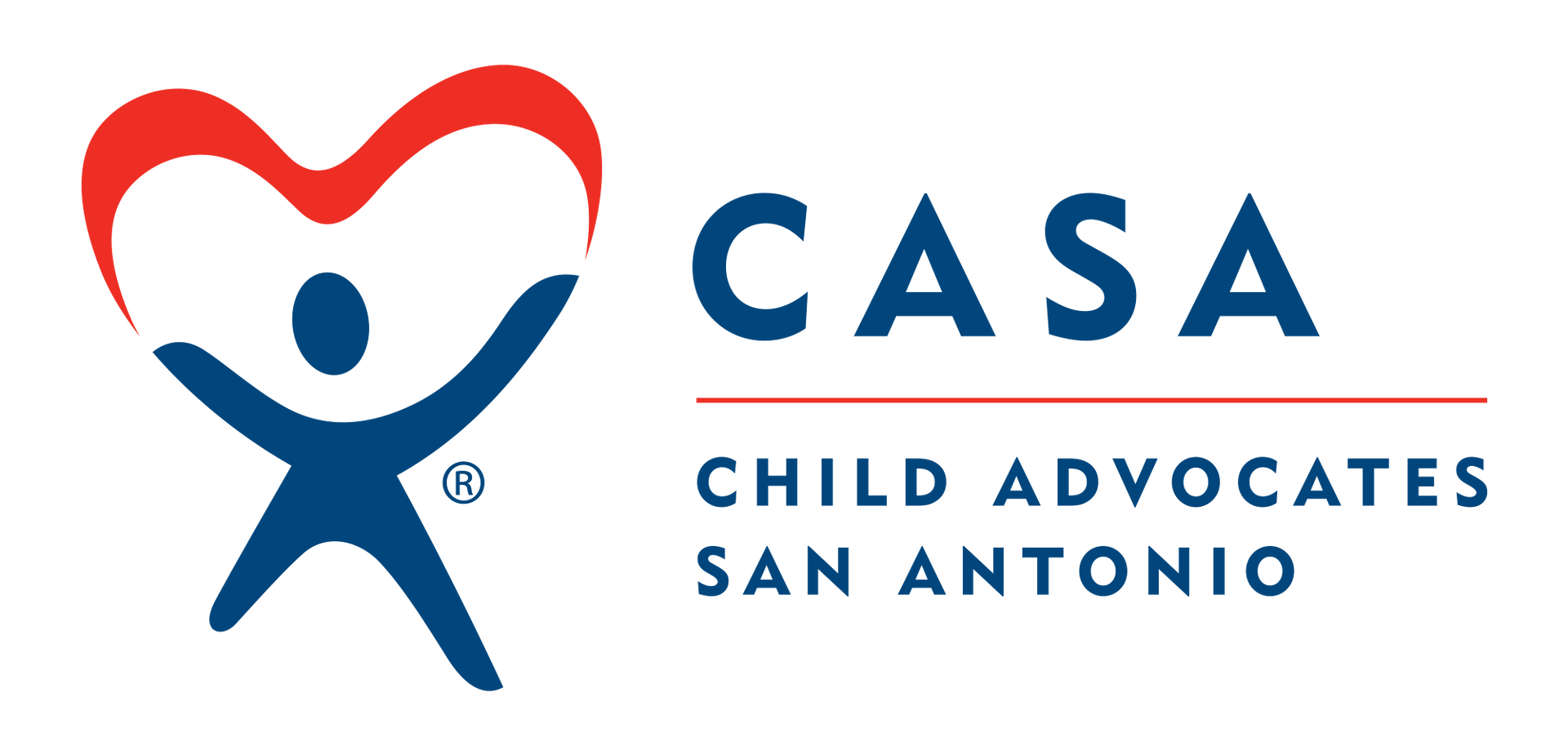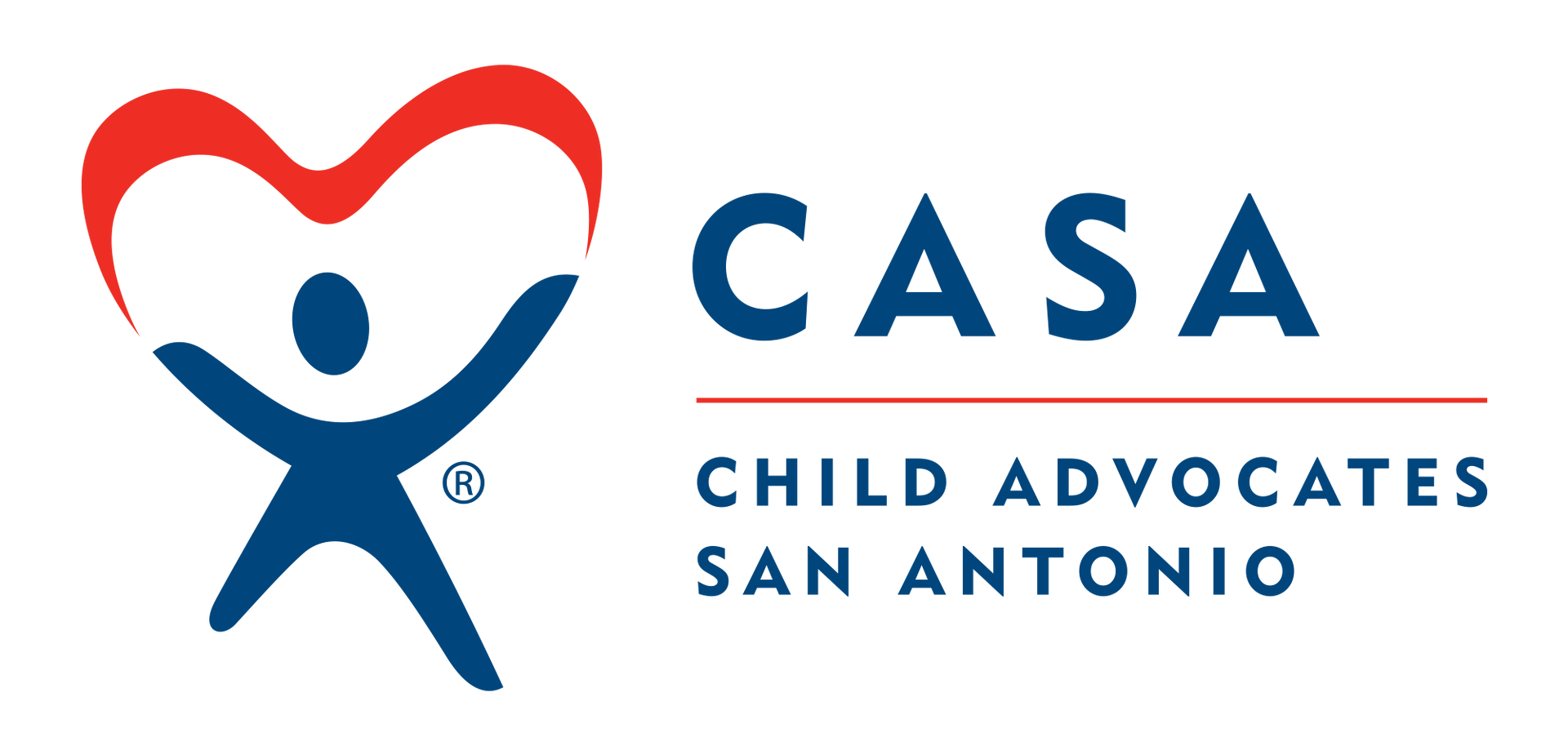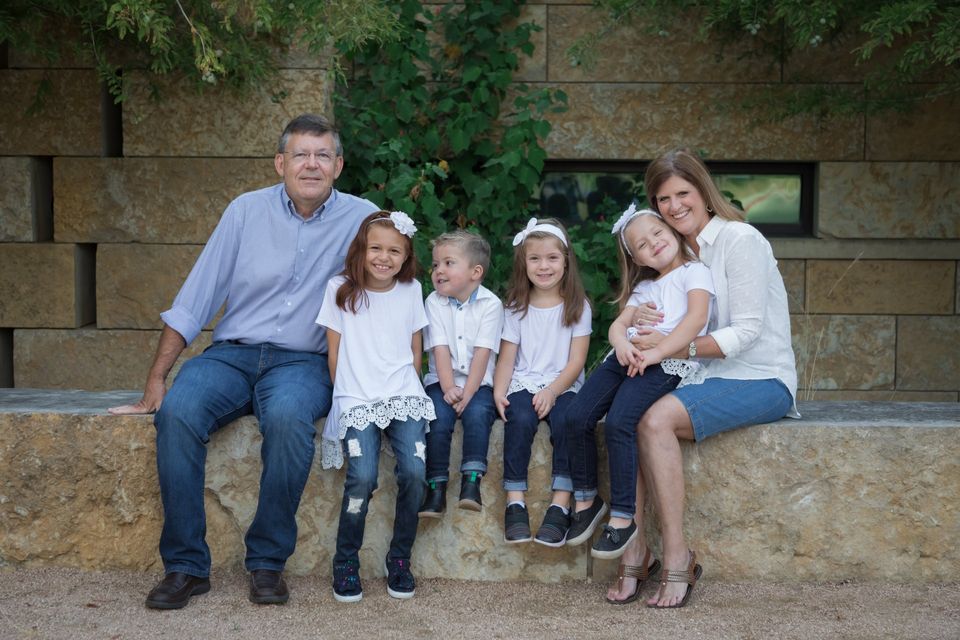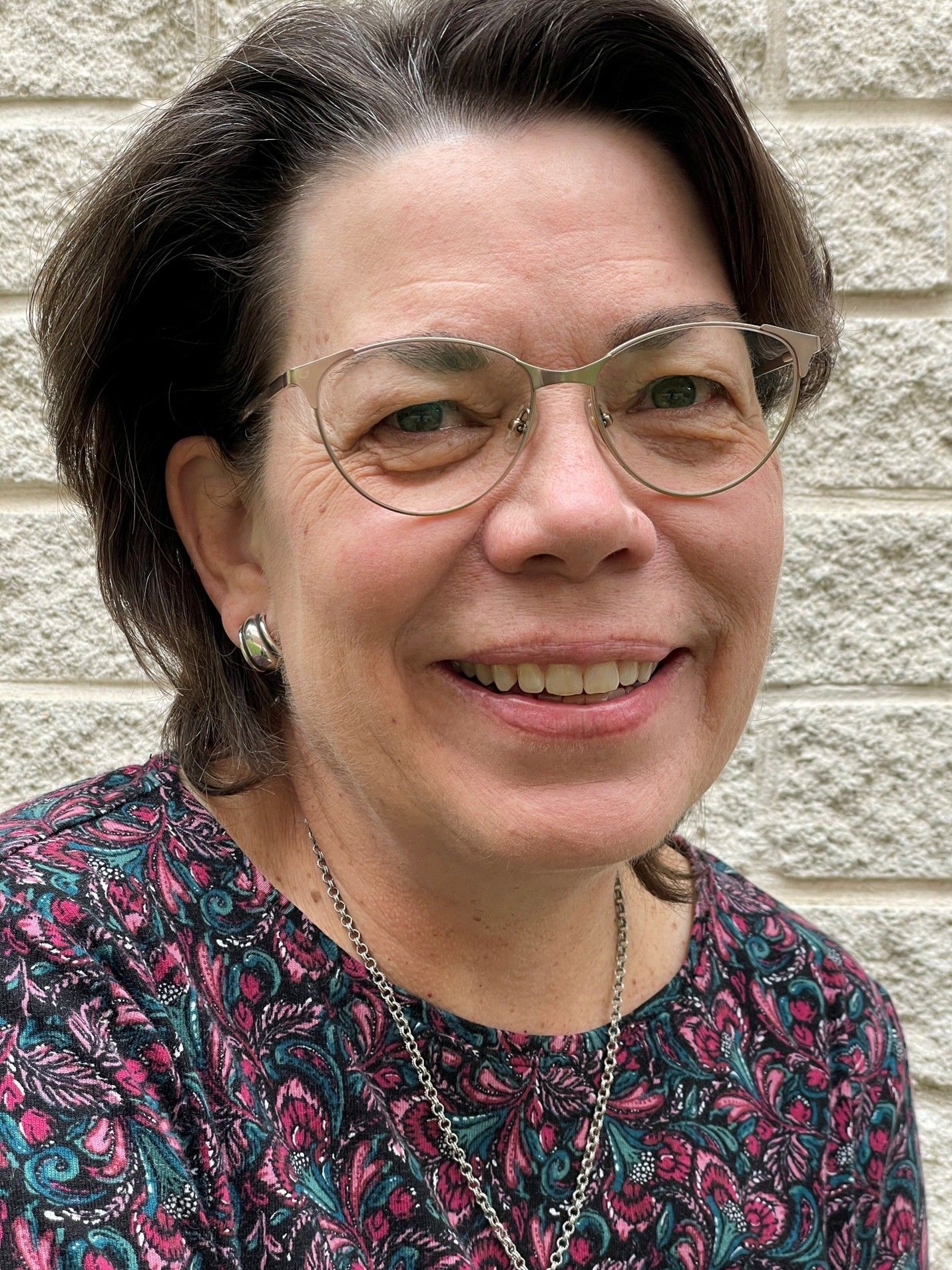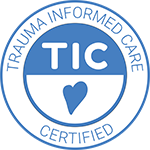February Inspirations
CASA Couple Advocates
Advocate Together
Perspectives from CASA Couple Advocates
February is a month filled with love! Dates we will go on, cards we will send, gifts we will shower our loved with!
But an often-overlooked activity that is rewarding and couples can do together: Volunteering. In particular Volunteering with CASA. (Click here for next information session)
Volunteering as an individual CASA Advocate is amazing! Couples who share this experience are rewarded in so many ways! CASA Advocate Volunteers provide hope for children who have been placed in foster care due to child abuse and/or neglect. CASA couples provide not only an extra advocate on a case, but the ability for the child to see two adults working well together, for their best interest. Some of our CASA kids long for the acceptance of an adult in their life, and our couples give them two! CASA currently has 33 couples advocating for these children. 33 couples who split the responsibilities on their case or perhaps support each other while taking on their own case, giving them the ability to double the number of kids they serve. Together they have been able to serve a total of 202 kids since their tenure at CASA.Several of our CASA Advocates couples wanted to share their experiences with you!
Pedro & Laura Hero have with CASA for a little over 5 years. “We can't imagine how difficult it would have been not to be able to share the journey with one another during this pandemic,”
Hero states. Pedro and his wife Laura Hero.
"There is no better way to feel more connected to your spouse than volunteering and providing hope for a child in foster care, together as a team. “We were surprised and filled with joy by the positive feelings and connections that comes from helping children find permanency in a loving and safe home. It is immeasurable. When something positive happens with one of our CASA kids, we both celebrate.”
Chris & Chet Malin have been CASA Advocates for over 2 years.
“We were able to provide both male and female oversight and interaction to the three boys and one girl (ages 7-9). This promoted safety and a higher level of control when attending SeaWorld, the movies, or gender specific events like the Auto-show, a Missions game, or a performance of the ballet “Cinderella. Being on the same case has improved our ability to communicate and compromise (when necessary) to achieve a common goal. We figured out early in the case which of us was best qualified to tackle specific tasks and thus avoid duplicated effort.”
Andrica and Rogers Dickerson have been CASA Advocates for about 3 years. Their favorite part about advocating together is that it “gives us quality time where we can bring happiness and joy to others. We are not discussing work or personal issues, but how we can provide our CASA kids' best service. Advocating as a couple has strengthened our relationship because we see our partner's care and compassion for others. Selflessness, acting without profit or benefit, helps us connect with others, and this feeling carries over to our relationship. The pandemic is emotionally and physically a trying time. We are not connecting with our CASA kids the traditional face-to-face way but virtually through video calls, more text messages and the occasional porch drop-offs. Most importantly we are doing it together.”
We thank all the couples at CASA who help make a difference every day. If you or your spouse/partner are interested in advocating together or maybe you are an advocate who has been trying to convince their spouse/partner, feel free to reach out to our Recruitment and Training department. With two, it is easier to navigate the complexities, the unfamiliar, and the situations where both advocates are out of their comfort zones.
CASA wishes each of our advocates and community a Happy Valentine’s Day and remember, “two sets of eyes and hands are better than one.”
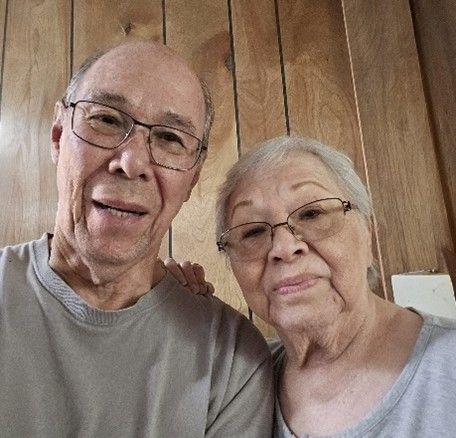
Jimmy and Mary Young eagerly began their second case in August 2024. The children—Chris, 11; Emily, 9; and Sofia, 7—were in the care of the Department due to neglectful supervision by their mother, who struggled with alcohol dependency and depression. She had left the children unattended to travel to Port Aransas to drink and go fishing. In addition, the home environment was observed to be in disarray, with minimal food, posing a risk to the children’s well-being. The mother was arrested on three counts of abandonment of a child. The children’s father had passed away from cancer a few months earlier, in March 2024. The children were initially placed with their grandmother, who decided after a few weeks that she could not care for them. They were then placed with an uncle, who gave notice within two weeks. Subsequently, the children were placed together at Boysville, where they remained for the duration of the case. Although the children had already experienced two moves in just one month, the Youngs were optimistic about their placement at Boysville. The children from Jimmy and Mary’s first case had also been placed at Boysville, so the Youngs were familiar with the facility and had established a good rapport with the staff. From the beginning, Mr. Jimmy introduced himself to all parties involved in the case, exchanged phone numbers with the caseworker and the children’s attorney, and maintained close communication with them during the children’s moves. Once the children were placed at Boysville, Mr. Jimmy contacted the case manager and counselors there to inquire about setting up therapy and enrolling the children in school. The Youngs advocated for transportation to and from school, and the children were approved to ride the school bus. They also recommended bereavement therapy to help the children cope with the loss of their father. Mr. Jimmy learned about a summer camp at the Children’s Bereavement Center, made a few calls, and successfully registered the children to attend. Throughout the duration of the case, the Youngs visited the children monthly, maintained close contact with the CPS caseworkers, updated the children’s attorney after visits, and remained in frequent contact with the children’s therapists and teachers. They advocated for tutoring and addressed behavioral concerns with the children’s therapists. The Youngs documented everything in Optima, wrote court reports, and attended several CASA training courses to stay informed and further their knowledge of child welfare. They also chose to attend court in person to maintain face-to-face contact with the judge, other parties on the case, and the children’s mother. One particularly notable aspect of this case was the Youngs’ consistent communication and engagement with the children’s mother. After their initial meeting, the Youngs maintained regular contact with her, inquiring about her progress in services, employment, and housing. They frequently encouraged her to continue and complete her services, checked in after court hearings, and provided moral support—offering her hope. During the previous Christmas, Jimmy and Mary sent the mother a recording of the children singing Christmas carols, delivered messages from the children, and shared photos of special events. During phone calls or family visits, they listened patiently, giving her space to express herself. Within a few months, the mother opened up to them about the children’s father and his cancer diagnosis, sharing how it was discovered and discussing his passing. As the mother continued working on her services, Jimmy and Mary cheered her on, reminding her that her efforts were for the sake of reuniting with her children. At the merits hearing in September, the Youngs, in agreement with CPS, recommended an extension to allow the mother more time to maintain sobriety, begin extended visits with the children, and possibly start overnight, unsupervised visits. The extension was granted, as the mother had completed all her services and maintained stable employment and housing. Weekend visits began, and by late September, the mother continued testing negative for substances. The children were placed with her on a monitored return. Jimmy and Mary visited the children in the home for the following two months, providing CPS, the children’s attorney, and the court with very positive feedback. The children were happy, thriving, and their needs were being met. The Youngs provided their final recommendation of reunification in court in late November, and the judge granted reunification, dismissing CPS from the case. It was the Youngs’ consistent communication and encouragement toward this young mother that led to the successful reunification. They followed up after hearings, facilitated communication between the mother and caseworkers when the relationship felt strained, and provided the mother the opportunity to share her perspective without judgment—all while encouraging her to do her best for her children.
